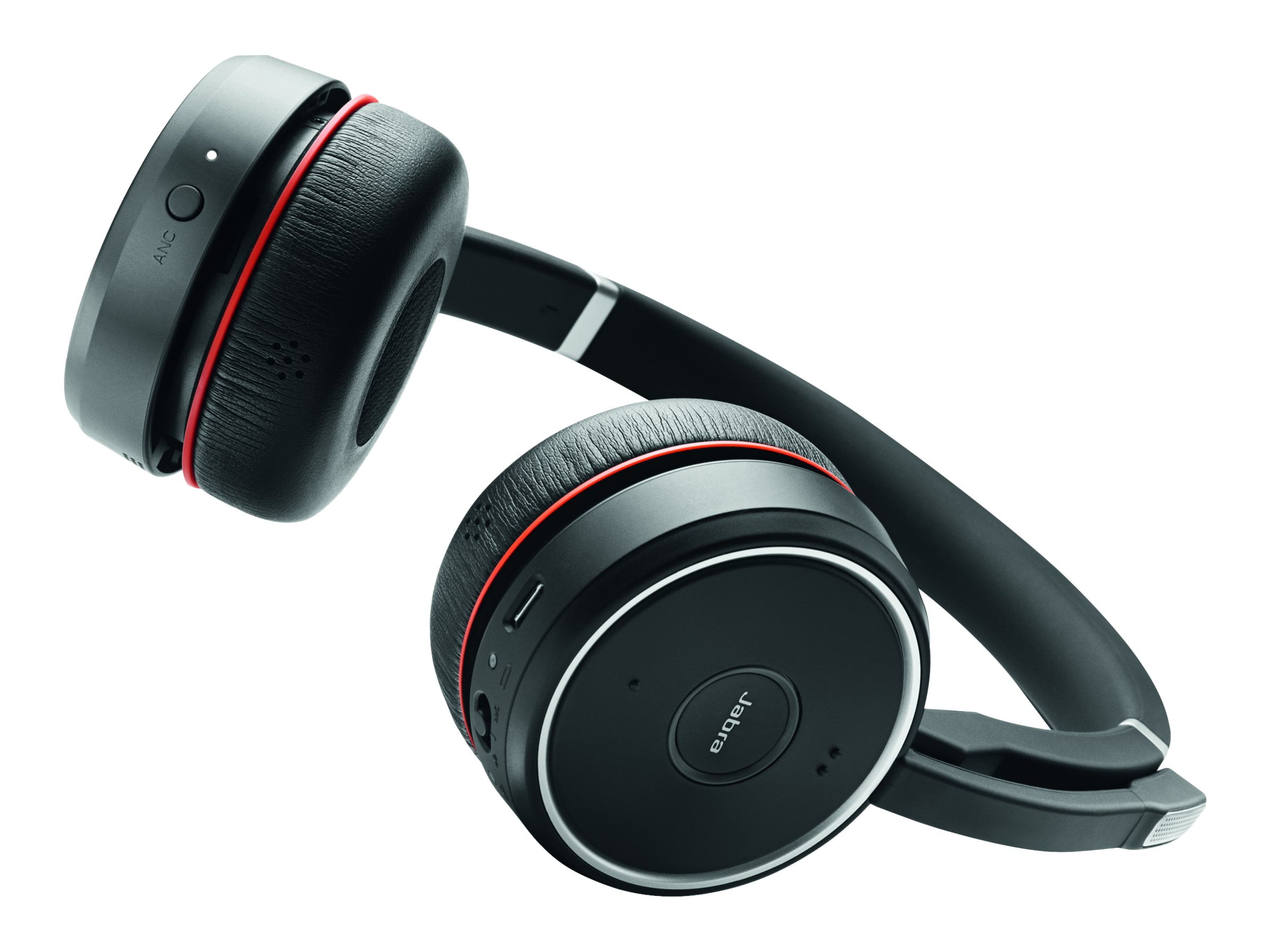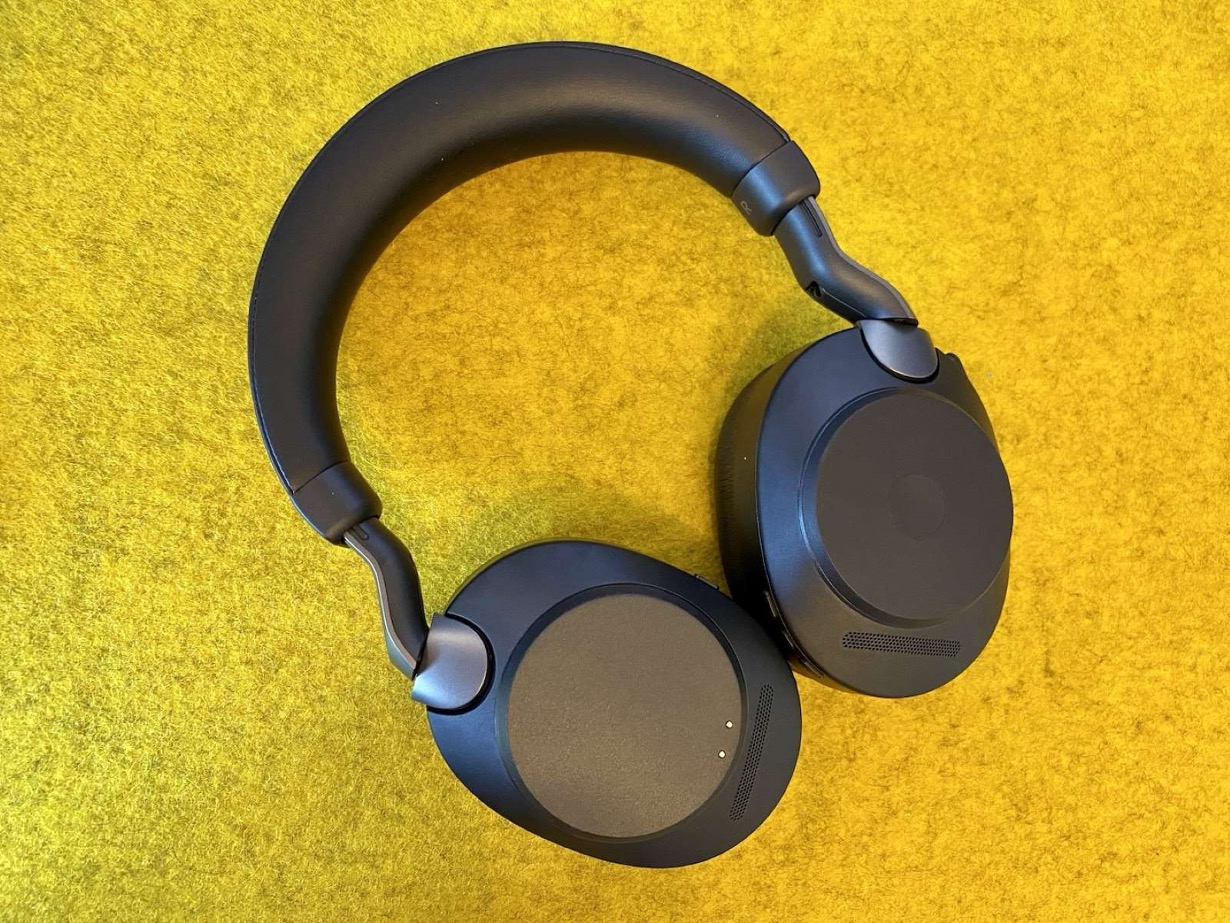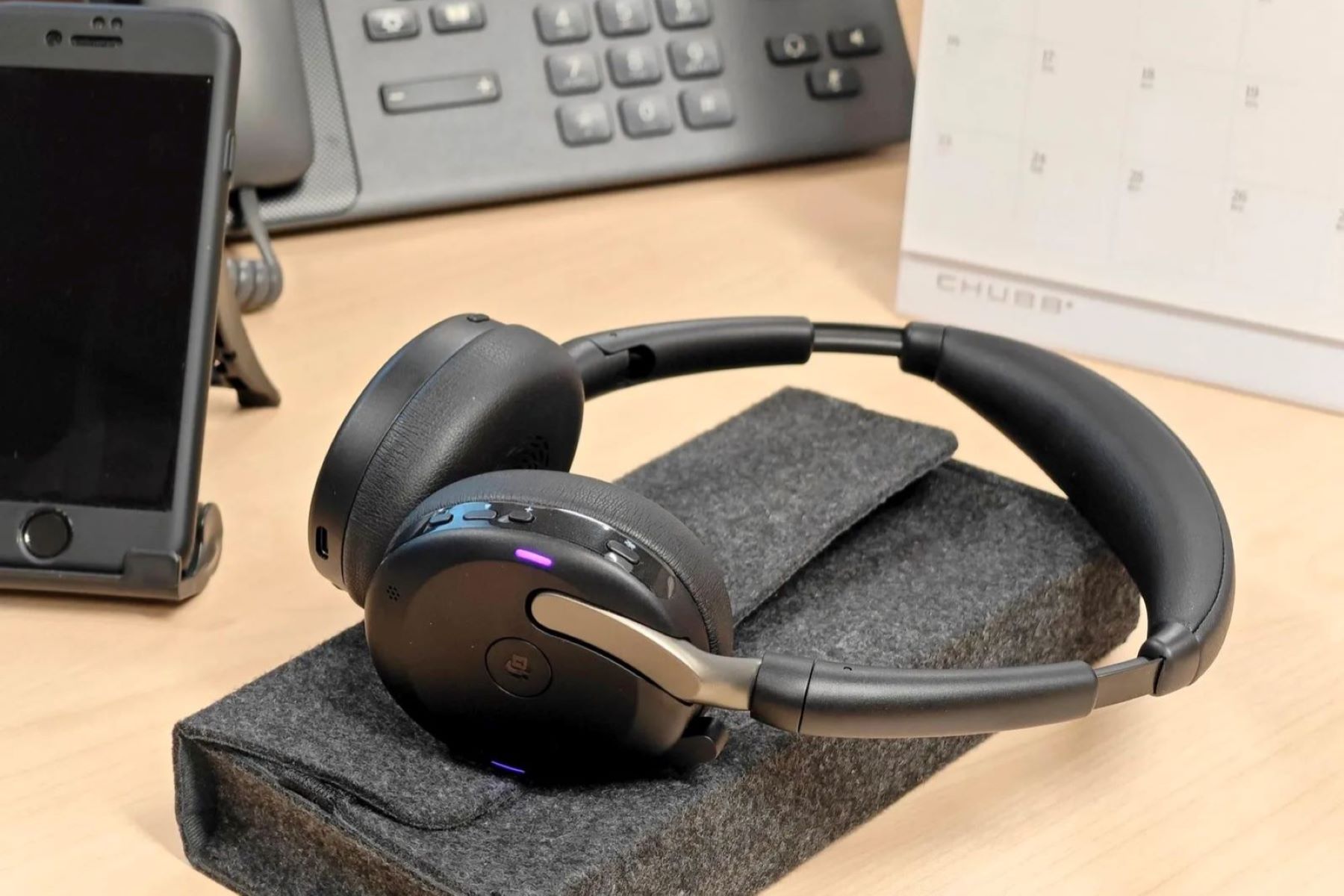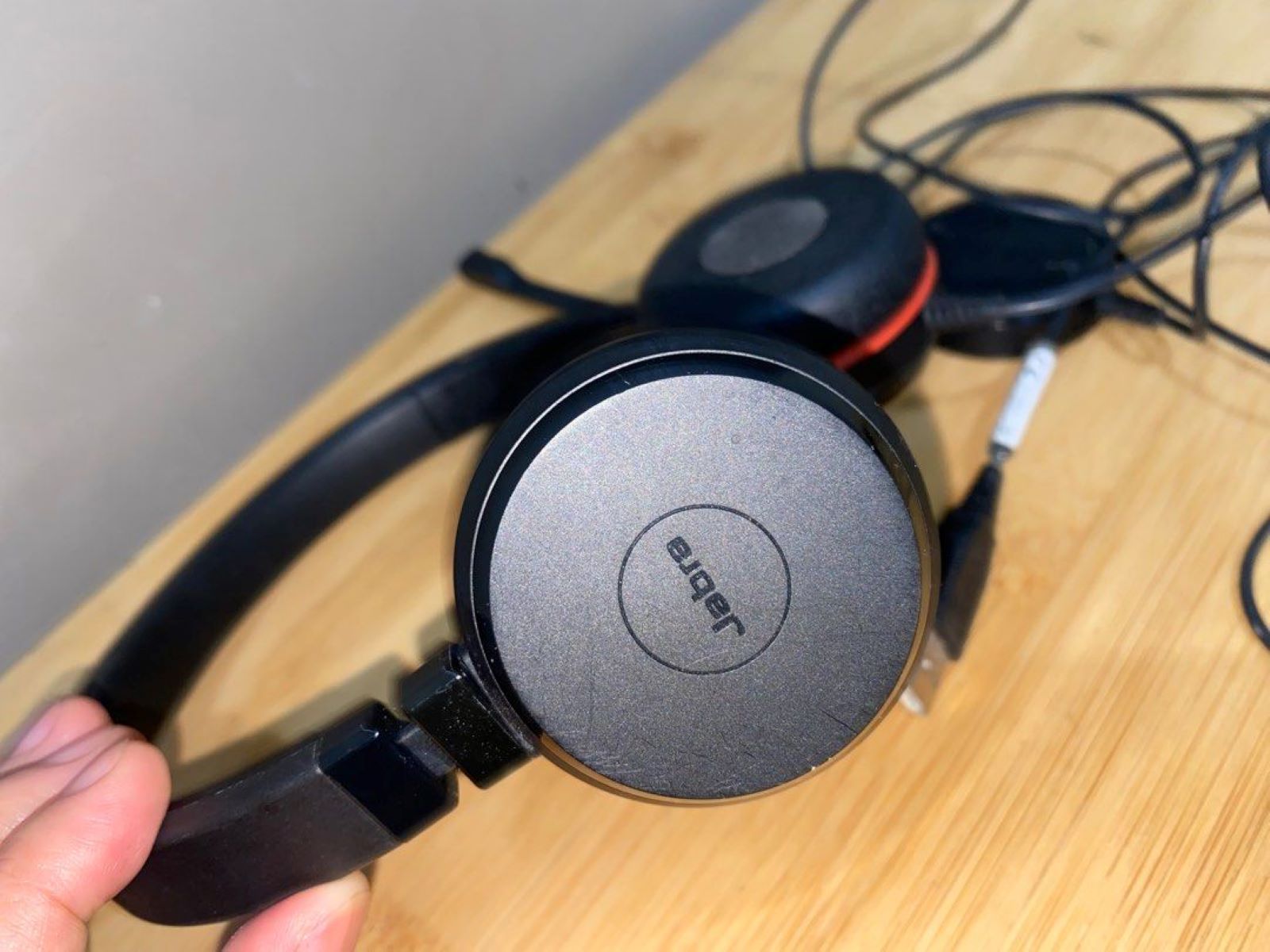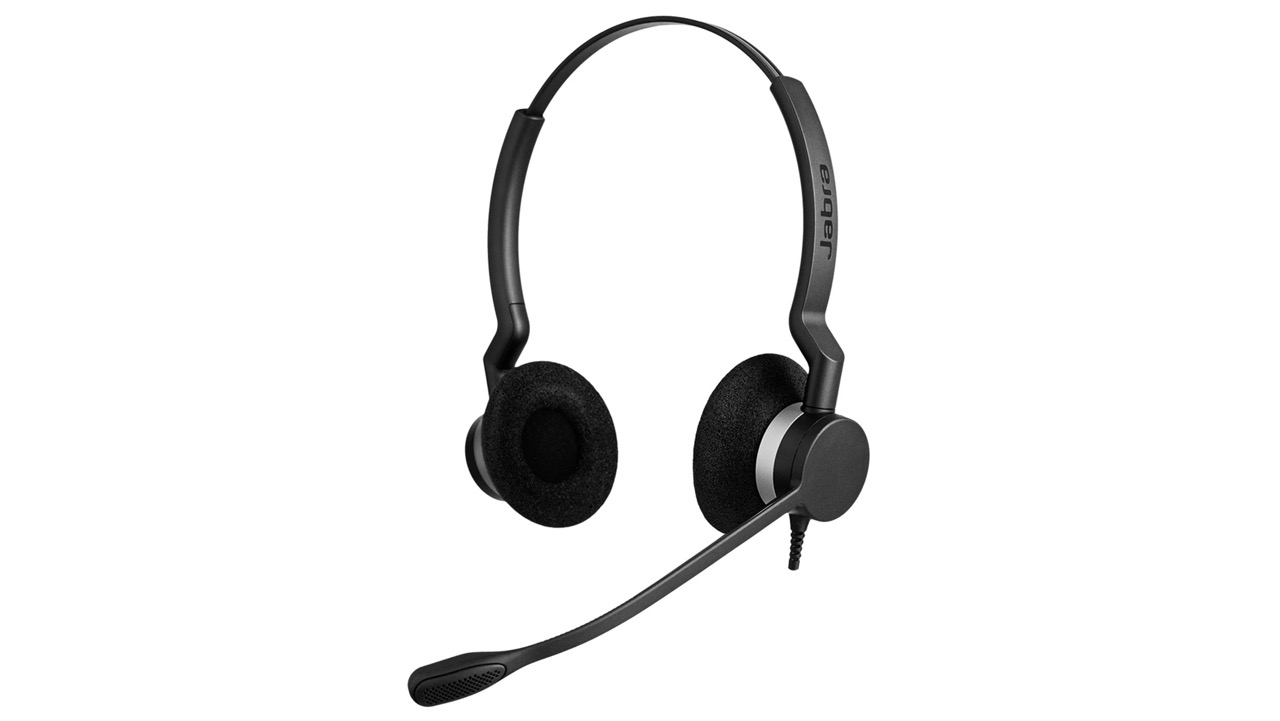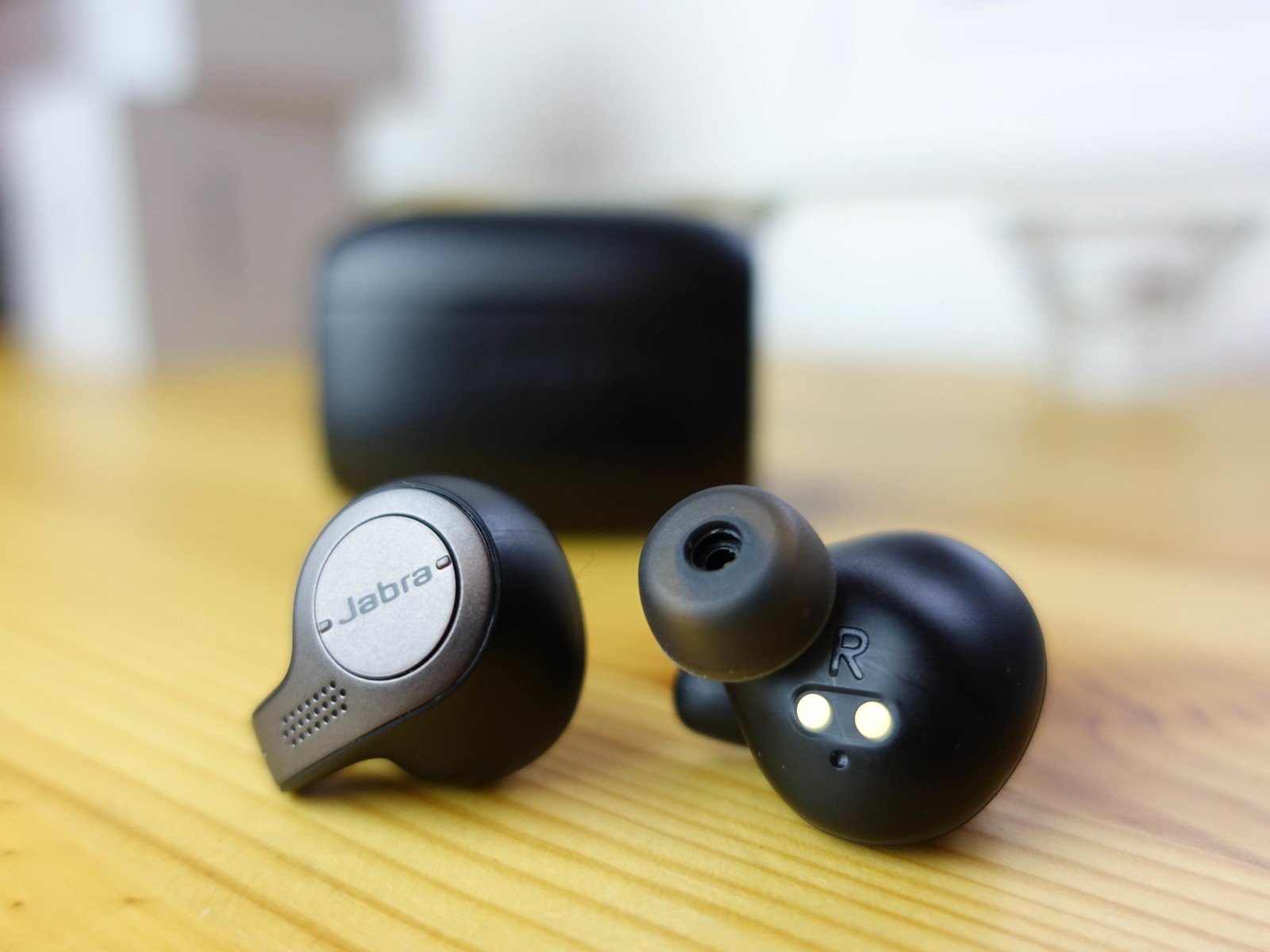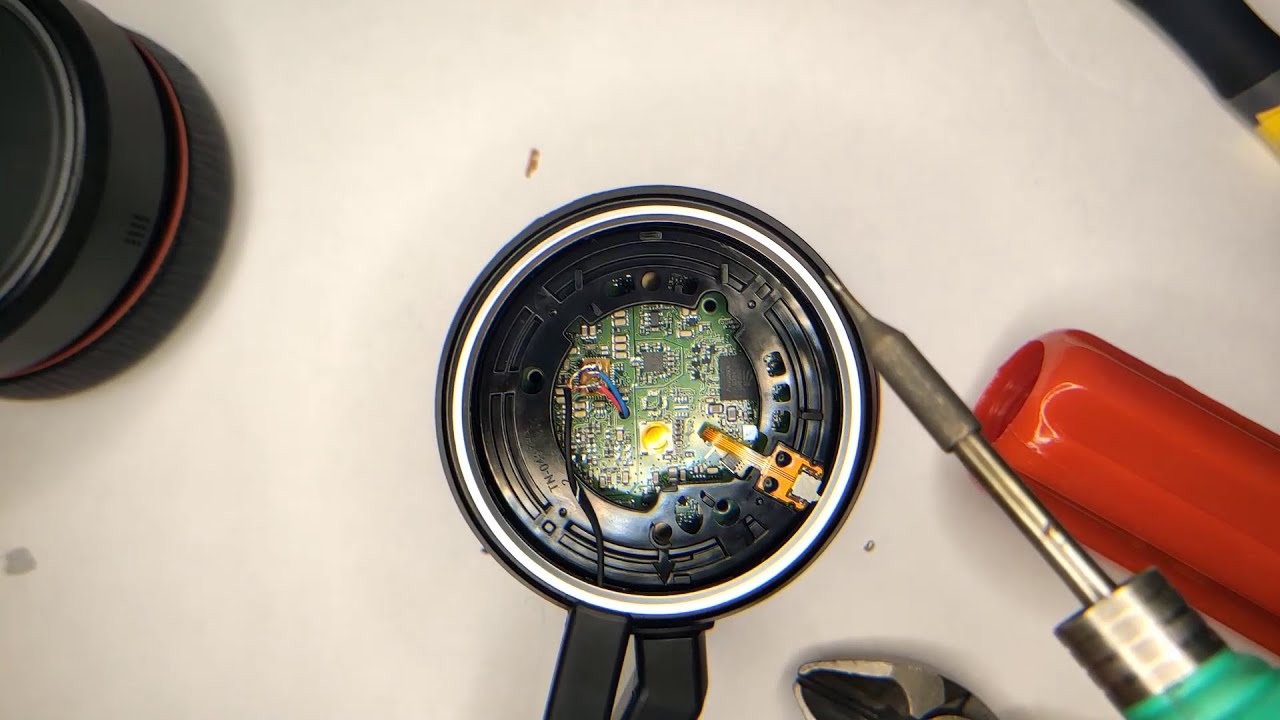Common Jabra Headset Issues
Jabra headsets are renowned for their exceptional performance and reliability, but like any electronic device, they can encounter issues that hinder their functionality. Understanding the common problems that users may face with their Jabra headsets is crucial for troubleshooting and ensuring a seamless experience. Here are some prevalent issues that users may encounter:
-
Charging Problems: One of the most common issues with Jabra headsets is related to charging. Users may experience difficulties in charging their headsets, leading to frustration and inconvenience. This can manifest as the headset not charging at all, charging slowly, or losing charge rapidly despite minimal usage.
-
Connectivity Issues: Bluetooth connectivity problems are another frequent concern for Jabra headset users. This may include difficulties in pairing the headset with a device, frequent disconnections, or poor signal strength, resulting in audio dropouts and interruptions during calls or media playback.
-
Audio Quality Problems: Users may encounter issues related to audio quality, such as distorted sound, low volume, or one-sided audio. These problems can significantly impact the overall experience, especially during important calls or while listening to music.
-
Microphone Not Working: A malfunctioning microphone can be a major setback for Jabra headset users, as it impairs the ability to communicate clearly during calls or virtual meetings. Issues such as muffled or inaudible microphone output can hamper effective communication.
-
Button Malfunctions: Some users may experience problems with the physical buttons on their Jabra headsets. This can include unresponsive buttons, accidental triggering of functions, or difficulty in navigating the headset's controls, impacting the overall usability.
-
Software and Firmware Updates: Issues related to software glitches or outdated firmware can also affect the performance of Jabra headsets. Failure to update the firmware or encountering errors during the update process can lead to operational issues and reduced functionality.
Understanding these common issues is the first step towards effectively troubleshooting and resolving them. By addressing these concerns, users can maximize the performance and longevity of their Jabra headsets, ensuring a seamless communication and audio experience.
Troubleshooting Steps
When encountering issues with your Jabra headset, it’s essential to follow a systematic approach to troubleshoot and resolve the problems effectively. By following these troubleshooting steps, users can identify and address common issues, restoring their Jabra headset to optimal functionality.
-
Charging Problems:
- Ensure that the charging cable and power source are functioning correctly.
- Clean the charging port on the headset and the charging cable to remove any debris or dust that may hinder the connection.
- If the headset still does not charge, try using a different charging cable and power source to rule out potential issues with the original accessories.
-
Connectivity Issues:
- Place the headset and the connected device in close proximity to ensure a strong Bluetooth connection.
- Check for any obstructions or interference that may disrupt the Bluetooth signal, and move away from such sources if identified.
- If the connectivity issues persist, try unpairing the headset from the device and re-pairing it to establish a fresh connection.
-
Audio Quality Problems:
- Adjust the volume levels on both the headset and the connected device to ensure optimal audio output.
- Clean the ear tips and ensure a proper fit to prevent audio leakage and maintain sound quality.
- If the issue persists, test the headset with a different device to determine if the problem is specific to a particular source.
-
Microphone Not Working:
- Check for any physical obstructions or debris in the microphone area and carefully remove them if present.
- Adjust the microphone settings on the connected device and ensure that the headset's microphone is selected as the input source.
- Test the headset with a different device to verify if the microphone issue is consistent across multiple sources.
-
Button Malfunctions:
- Gently clean the buttons and the surrounding areas to remove any dirt or residue that may impede their functionality.
- Reset the headset to its factory settings to eliminate any software-related button malfunctions.
- Contact Jabra support if the button issues persist, as it may indicate a hardware problem that requires professional assistance.
-
Software and Firmware Updates:
- Download the Jabra Sound+ app or visit the Jabra website to check for available firmware updates for your headset model.
- Follow the instructions to update the headset's firmware, ensuring that the process is completed without interruptions.
- After updating the firmware, test the headset to confirm if the issues have been resolved.
By diligently following these troubleshooting steps, users can effectively address common Jabra headset issues and restore the optimal functionality of their devices. If the problems persist despite these efforts, reaching out to Jabra customer support for further assistance may be necessary to resolve more complex issues.
Charging Problems
Charging problems are a common source of frustration for Jabra headset users, often leading to inconvenience and disruption of usage. When encountering issues with charging, it is essential to address potential factors that may be impeding the charging process. By following a systematic approach, users can effectively troubleshoot and resolve charging problems to ensure their Jabra headsets remain powered and ready for use.
First and foremost, it is crucial to verify the functionality of the charging cable and power source. Users should inspect the charging cable for any signs of damage or wear that may hinder its ability to deliver power to the headset. Additionally, testing the cable with alternative devices can help determine if the issue lies with the cable itself. If the cable is found to be faulty, replacing it with a new, compatible charging cable is advisable to restore reliable charging functionality.
Furthermore, ensuring the cleanliness of the charging port on the headset and the charging cable is paramount. Over time, dust, debris, or lint may accumulate in the charging port, obstructing the connection and impeding the charging process. By carefully cleaning the charging port on the headset and the corresponding area on the charging cable, users can eliminate potential barriers to a successful charging connection.
If the headset still does not charge despite addressing the aforementioned factors, attempting to use a different charging cable and power source is recommended. This approach helps rule out the possibility of issues with the original accessories, providing clarity on whether the problem stems from the headset or the charging components. By testing the headset with an alternative charging setup, users can identify the root cause of the charging problem and take appropriate steps to rectify the issue.
By systematically addressing charging problems and following these troubleshooting steps, users can effectively restore the charging functionality of their Jabra headsets. By ensuring a reliable power supply, users can confidently utilize their headsets without the disruption of charging-related issues, enhancing the overall usability and convenience of their Jabra devices.
Connectivity Issues
Connectivity issues, particularly related to Bluetooth pairing and signal stability, can significantly impact the seamless operation of Jabra headsets. When users encounter connectivity problems, it can lead to disruptions during calls, audio dropouts, and frustration stemming from an unreliable connection. Addressing these issues requires a systematic approach to troubleshoot and resolve potential factors contributing to connectivity issues.
To begin troubleshooting connectivity issues, it is essential to ensure that the Jabra headset and the connected device are in close proximity during the pairing process. Bluetooth signals have a limited range, and maintaining proximity between the devices is crucial for establishing a stable connection. Additionally, removing any physical obstructions or sources of interference, such as other electronic devices or wireless signals, can help mitigate potential disruptions to the Bluetooth connection.
If proximity and obstructions are not the root cause of connectivity issues, unpairing the headset from the connected device and re-pairing it can help establish a fresh and stable connection. This process allows the devices to re-establish their Bluetooth link, potentially resolving any underlying pairing issues that may have led to connectivity disruptions.
Furthermore, ensuring that the Jabra headset's firmware is up to date is essential for addressing connectivity issues. Firmware updates often include improvements to Bluetooth connectivity and signal stability, enhancing the overall performance of the headset. Users should check for available firmware updates through the Jabra Sound+ app or the official Jabra website, following the instructions to update the headset's firmware and optimize its Bluetooth functionality.
In cases where connectivity issues persist despite these initial troubleshooting steps, performing a factory reset on the Jabra headset can help eliminate any software-related factors contributing to the problem. Resetting the headset to its factory settings restores it to a default state, potentially resolving underlying issues that may have affected Bluetooth connectivity and pairing stability.
By diligently addressing connectivity issues through systematic troubleshooting steps, users can restore the stable Bluetooth connection of their Jabra headsets, ensuring uninterrupted communication and audio experiences. Additionally, reaching out to Jabra customer support for further assistance may be necessary for addressing more complex connectivity issues, providing users with comprehensive support in resolving their headset's connectivity concerns.
Audio Quality Problems
Audio quality problems can significantly diminish the overall experience of using a Jabra headset, impacting the clarity and fidelity of sound during calls, music playback, and other audio activities. When users encounter issues related to audio quality, it is crucial to address potential factors that may be contributing to the degraded sound output. By following a systematic troubleshooting approach, users can effectively identify and resolve audio quality problems to restore the optimal performance of their Jabra headsets.
One of the primary considerations when addressing audio quality problems is adjusting the volume levels on both the headset and the connected device. In some instances, imbalanced volume settings can lead to perceived audio quality issues, such as low volume or distorted sound. By ensuring that the volume levels are appropriately adjusted on both the headset and the paired device, users can optimize the audio output and mitigate potential quality-related concerns.
Additionally, maintaining the cleanliness and proper fit of the ear tips is essential for preserving audio quality. Over time, ear tips may accumulate dirt or debris, affecting the seal and acoustic performance of the headset. By cleaning the ear tips and ensuring a secure fit, users can prevent audio leakage and maintain optimal sound quality during usage.
Testing the headset with a different device can also provide valuable insights into the nature of the audio quality problems. By connecting the Jabra headset to an alternative device, users can determine if the issues are specific to a particular source or if they persist across multiple devices. This diagnostic step helps in pinpointing the source of the audio quality problems, guiding users towards effective solutions tailored to the underlying cause.
Furthermore, ensuring that the Jabra headset's firmware is up to date is crucial for addressing audio quality problems. Firmware updates often include enhancements and optimizations that can improve audio performance, addressing potential issues related to sound quality. By checking for available firmware updates and following the update process, users can leverage the latest improvements to enhance the audio quality of their Jabra headsets.
By systematically addressing audio quality problems through these troubleshooting steps, users can effectively restore the fidelity and clarity of sound output from their Jabra headsets. By optimizing the audio performance, users can enjoy an immersive and high-quality audio experience across various applications, ensuring that audio quality concerns do not detract from the overall utility and enjoyment of their Jabra devices.
Microphone Not Working
The functionality of the microphone is integral to the core purpose of Jabra headsets, as it enables clear and effective communication during calls and virtual meetings. When users encounter issues with the microphone not working, it can significantly impede their ability to convey and receive audio input, leading to frustration and disruption in communication. Addressing microphone-related problems requires a systematic approach to identify and resolve potential factors contributing to the malfunction, ensuring that the headset's microphone operates optimally.
One of the initial steps in troubleshooting a non-functional microphone is to inspect the microphone area for any physical obstructions or debris that may impede its operation. Over time, dust, lint, or other foreign particles may accumulate in the microphone area, affecting its sensitivity and output. Carefully examining and cleaning the microphone area can help eliminate potential barriers to its functionality, potentially resolving issues related to muffled or inaudible microphone output.
Adjusting the microphone settings on the connected device is also crucial when addressing microphone-related problems. Users should ensure that the Jabra headset's microphone is selected as the input source within the device's settings, allowing for seamless integration and recognition of the headset's audio input. Verifying and configuring the microphone settings can help rectify potential issues stemming from incorrect input source selection, ensuring that the headset's microphone functions as intended during communication.
In scenarios where the microphone issues persist, testing the headset with a different device can provide valuable insights into the nature of the problem. By connecting the Jabra headset to an alternative device, users can determine if the microphone malfunction is consistent across multiple sources or specific to a particular device. This diagnostic step helps in isolating the root cause of the microphone problem, guiding users towards targeted solutions tailored to the underlying issue.
Furthermore, reaching out to Jabra customer support for further assistance may be necessary if the microphone issues persist despite initial troubleshooting efforts. Jabra's support team can provide valuable guidance and technical expertise in addressing more complex microphone-related concerns, offering comprehensive support to ensure the optimal functionality of the headset's microphone.
By diligently addressing microphone-related problems through systematic troubleshooting steps, users can effectively restore the functionality of the Jabra headset's microphone, enabling clear and uninterrupted communication during calls and virtual interactions. By optimizing the microphone's performance, users can confidently utilize their headsets for effective communication, ensuring that microphone-related concerns do not hinder their overall experience with Jabra devices.
Button Malfunctions
Button malfunctions on Jabra headsets can pose significant usability challenges, impacting the ability to navigate controls, manage calls, and access essential features. When users encounter issues with the physical buttons on their headsets, it is essential to address potential factors contributing to the malfunctions and restore the seamless operability of the device. By following a systematic troubleshooting approach, users can effectively identify and resolve button-related problems, ensuring that the headset's controls function reliably and intuitively.
One of the initial steps in addressing button malfunctions is to carefully clean the buttons and the surrounding areas to remove any dirt, debris, or residue that may impede their functionality. Over time, the accumulation of particles or substances around the buttons can hinder their responsiveness, leading to unresponsive or sticky button behavior. Gently cleaning the buttons and the adjacent areas with a soft, dry cloth can help eliminate obstructions and restore the tactile feedback and responsiveness of the controls.
If the button malfunctions persist despite cleaning, resetting the headset to its factory settings can help eliminate any software-related issues that may be affecting the buttons' functionality. A factory reset restores the headset to its default state, potentially resolving underlying software glitches or inconsistencies that impact the operation of the physical controls. Users should refer to the headset's user manual or the official Jabra support resources for guidance on performing a factory reset, ensuring that the process is executed accurately.
In cases where the button malfunctions persist after cleaning and resetting the headset, reaching out to Jabra customer support for further assistance is advisable. Professional support from Jabra's technical team can provide users with expert guidance and potential solutions for addressing more complex button-related concerns. If the malfunctions indicate a hardware issue, Jabra's support resources can facilitate the necessary steps for repair or replacement, ensuring the continued usability of the headset.
By diligently addressing button malfunctions through systematic troubleshooting steps, users can effectively restore the intuitive functionality of the physical controls on their Jabra headsets. By ensuring responsive and reliable button operation, users can navigate the headset's features and manage calls with confidence, enhancing the overall usability and convenience of their Jabra devices.
Software and Firmware Updates
Software and firmware updates play a crucial role in maintaining the optimal performance and functionality of Jabra headsets. As technology evolves and new features are introduced, keeping the headset's software and firmware up to date is essential for addressing potential issues, enhancing compatibility, and leveraging the latest improvements offered by Jabra.
When addressing software and firmware updates, users should first ensure that they have the Jabra Sound+ app installed on their connected device. The Jabra Sound+ app serves as a centralized platform for managing and updating Jabra headsets, providing users with access to the latest firmware releases and software enhancements specific to their headset model.
Upon launching the Jabra Sound+ app, users can navigate to the firmware update section to check for available updates for their headset. It is recommended to connect the headset to the app via Bluetooth to initiate the update process seamlessly. The app will then prompt users to download and install the latest firmware, guiding them through the update procedure to ensure a smooth and successful transition to the updated software version.
Firmware updates often include optimizations, bug fixes, and new features that can address various issues encountered by users, including connectivity stability, audio performance, and overall reliability. By staying current with firmware updates, users can benefit from the continuous improvements and refinements introduced by Jabra, ensuring that their headsets remain at the forefront of performance and functionality.
In addition to firmware updates, the Jabra Sound+ app may also provide software enhancements and feature updates that further enrich the user experience. These updates can introduce new functionality, customization options, and improvements to the headset's user interface, empowering users to personalize their experience and adapt the headset to their specific preferences and usage scenarios.
By proactively engaging with software and firmware updates, users can optimize the performance and capabilities of their Jabra headsets, ensuring that they are equipped with the latest advancements and refinements offered by Jabra. Regularly checking for updates and embracing the latest software releases is instrumental in maximizing the longevity and usability of Jabra headsets, providing users with a reliable and feature-rich audio communication solution.







